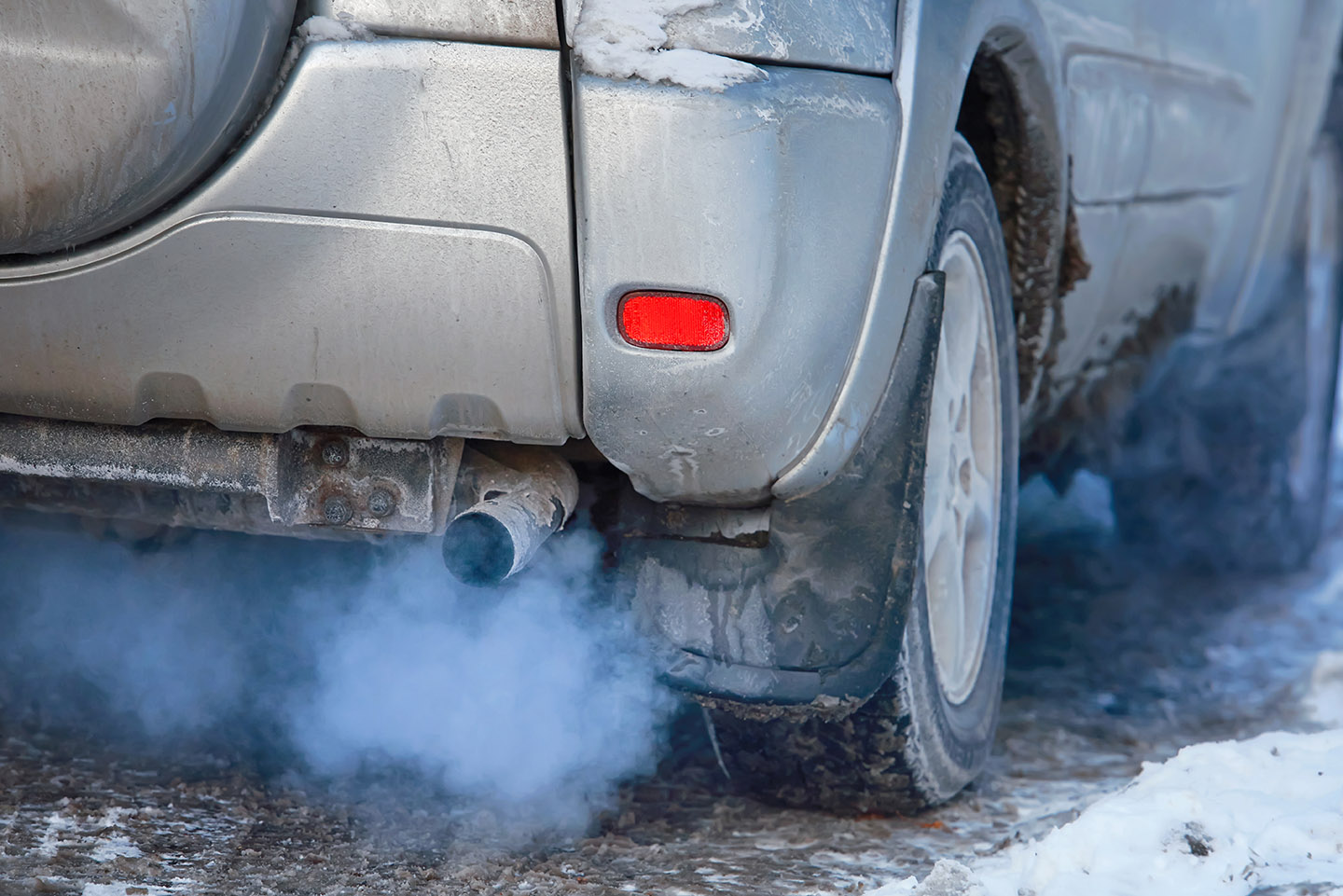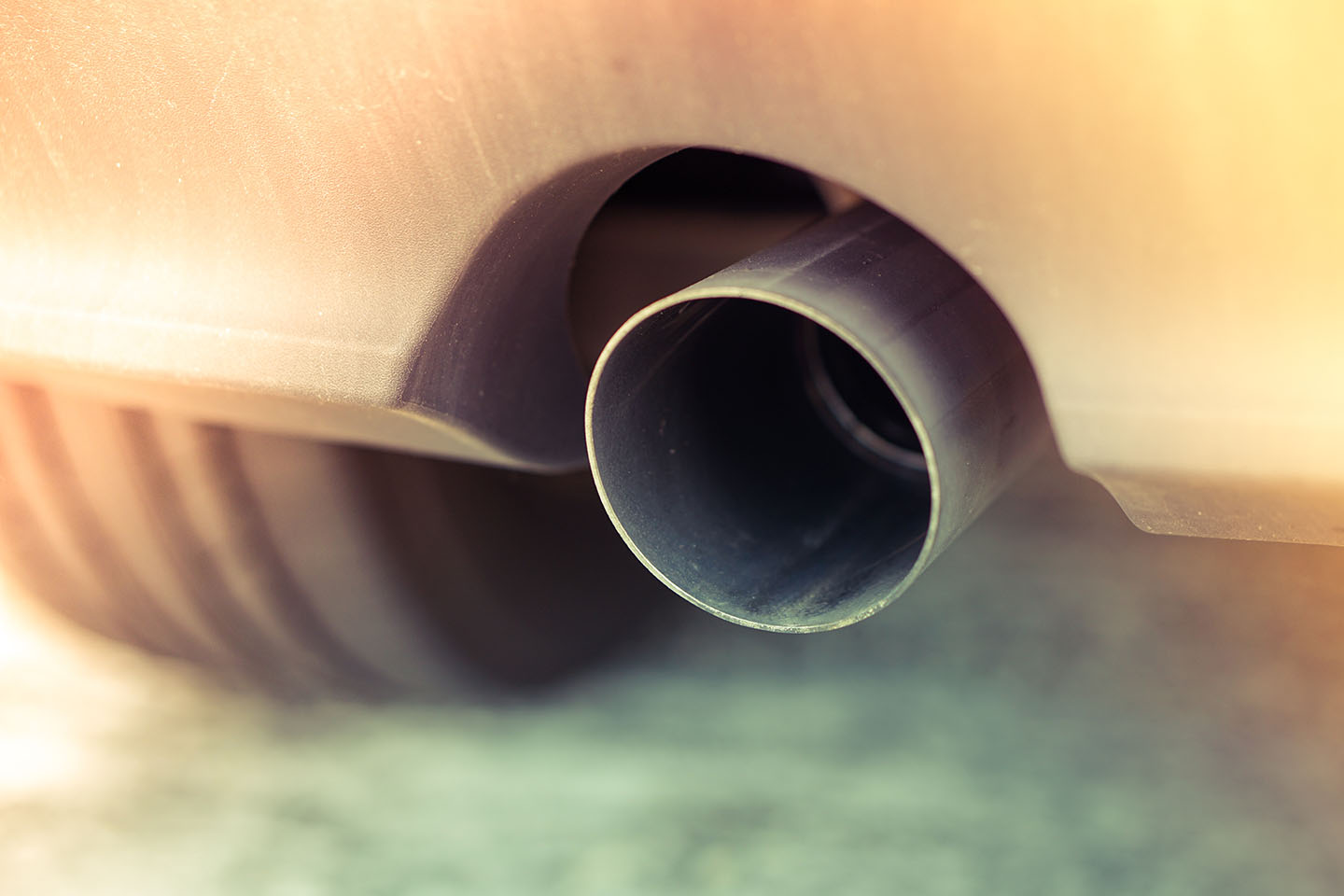What are the Symptoms of 6.0 Powerstroke High Pressure Oil Pump Failure?
Oct 1st 2021

The 6.0 Powerstroke High Pressure Oil Pump is a key piece of your diesel engine. It pressurizes the oil to make sure the injectors fire correctly. Most HPOPs pressurize the oil using 3,000 PSI, which is used to compress the fuel into the injectors. However, that’s not all these devices are designed to do.
They also send oil to other parts of the engine to provide lubrication. The oil moves through rotating bearings, the sliding pistons, and the camshaft portion of the engine. It also helps to run small actuators as well in certain makes and models. It can also be used as a tensioner for timing belts, variators, and variable valve timing systems.
With such an important device, you need to make sure your 6.0 Powerstroke HPOP is running at peak efficiency, or you may encounter other problems with the engine. It’s always best to replace high pressure oil pumps before they give out completely.
Here are several signs that your high pressure oil pump is about to fail:
- Oil Dripping from Exhaust
HPOPs often fail due to leaking seals. If the seal doesn’t close properly, oil may start to leak out of the exhaust, which can result in blue smoke. This means your vehicle is leaking oil. This will also cause the pump to lose pressure, which means the injectors may not be able to fire.
It’s a good idea to check the pressure to make sure it’s between 3,000 and 4,000 PSI.
- Weak Engine Performance
If the high pressure oil pump isn’t working properly, the engine will start to lose power. You may notice a knocking sound under the hood, or the speed will start to rise and fall with the RPMs. There could also be more exhaust coming out of the tailpipe than usual.
This can also result in poor fuel efficiency, hard starts and longer warm-up times. The check engine light may also come on if the pump starts to fail, so be sure to investigate the problem as soon as possible.

- Long Cranking Times
The HPOP is essential when starting your engine. If the engine needs more time to start after long cranking sessions, the pump could be to blame.
However, keep in mind that cold weather can affect start times as well. The Powerstroke may need additional time to start up if the temperature is below 32 degrees Fahrenheit, usually 2.5 seconds as air gets trapped inside the pump. If the problem continues in warm or temperate weather, the pump may be to blame.
Shop Diesel Exhaust Sensors
- Oil Leaks Under the Hood
In addition to oil leaking out of the exhaust, you may see oil leaking under the hood. This can result in a burning smell and sizzling or hissing sounds.
- Extreme Exhaust Gas Temperatures
If the pump fails, you might also notice hotter temperatures coming out of the exhaust. It’s normal to see EGT of 1,200 to 1,300 degrees Fahrenheit when towing. It may even jump to 1,500 degrees from time to time. This usually means there is too much fuel in the exhaust. However, if the problem continues, you may want to try taking your foot off the accelerator to decrease the amount of fuel going into the engine. If that doesn’t work, the pump might be the culprit.
Use a EGT sensor to measure the temperature of the exhaust before jumping to any conclusions.
If you notice one or more of these problems, it’s important to conduct a high pressure oil pump test to see if it’s part of the problem.

You can also try testing other parts of your engine system, including the injection pressure regulator valve. This valve is designed to maintain fuel pressure in the fuel injection system. If the valve malfunctions, you may notice misfiring when starting the engine or a drop in fuel efficiency. Test the valve to make sure it’s working and shop for replacement IPR valves if you need a replacement.
The same is true of your EGR cooler. This device is designed to lower the temperature of the exhaust gas to reduce NOx emissions. If the cooler fails, you may notice white smoke coming from the tail pipe or see coolant leaking from the exhaust. Look for new EGR coolers based on make and model.
Keep these tips in mind when testing out your high pressure oil pump.
Image Credits:
santoelia/Shutterstock.com
Tricky_Shark/Shutterstock.com
nbnserge/Shutterstock.com
